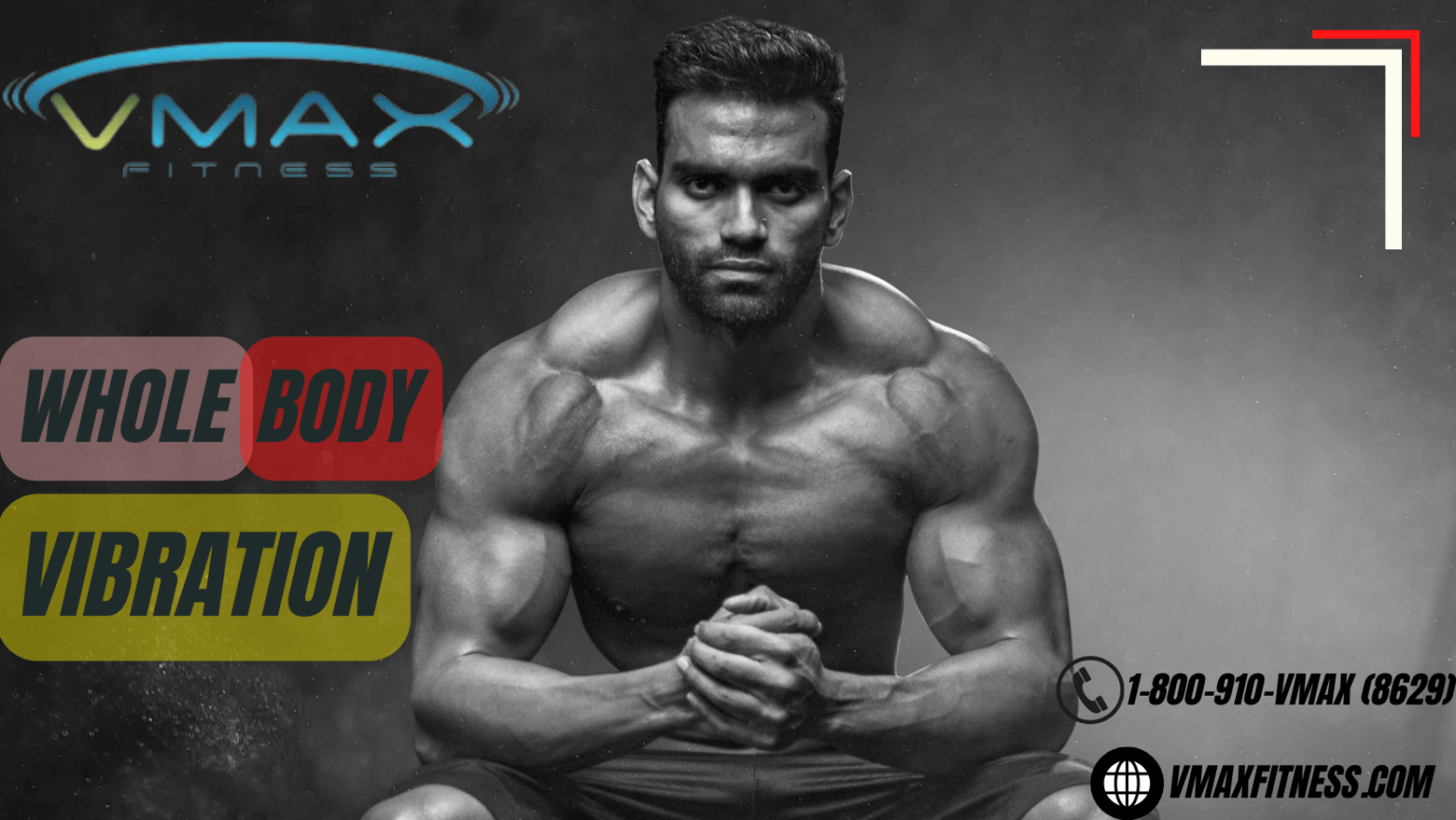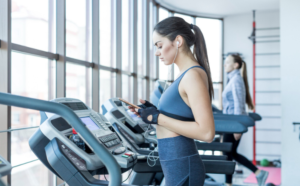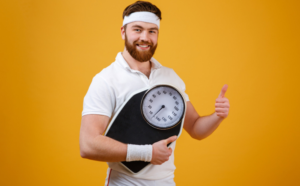Defining the Concept of Aging Gracefully
The vibration machines for the stronger bones and mobility of your body is best tool. Aging is an inevitable part of life’s journey, and the quest to age gracefully remains a universal aspiration for the stronger bones and mobility. With the passage of time, our bodies undergo various changes, and maintaining optimal health becomes paramount. One of the key aspects of graceful aging is preserving bone density and mobility, which play a pivotal role in overall well-being.
The Significance of Maintaining Bone Density and Mobility
As we age, our bones naturally lose density, becoming more fragile and susceptible to fractures. Additionally, reduced mobility can lead to a decline in quality of life, limiting one’s ability to perform daily activities and enjoy an active lifestyle. This is where the revolutionary potential of vibration machines comes into play.
The Science Behind Vibration Machines for Stronger Bones
Understanding Vibration Therapy
Vibration therapy, a cutting-edge approach in the field of health and wellness, involves the use of specialized machines that generate controlled vibrations. These vibrations are transferred to the body, prompting a series of physiological responses with far-reaching benefits.
Oscillation, Amplitude, and Frequency
Vibration machines operate based on three fundamental parameters: oscillation, amplitude, and frequency. Oscillation refers to the pivotal movement of the platform, while amplitude signifies the intensity of the vibrations. Frequency, measured in Hertz (Hz), determines the number of vibrations per second. These variables can be tailored to suit individual needs and goals.
Mechanisms of Action on Bone Density and Mobility
The application of vibration therapy has shown remarkable potential in enhancing bone density and mobility. Research suggests that the mechanical stress induced by vibrations stimulates osteoblast activity, the cells responsible for bone formation. This process contributes to the preservation of bone density and strength.
Stimulating Osteoblast Activity
Vibration machines trigger the release of growth factors that promote the proliferation and differentiation of osteoblasts. This stimulation encourages the deposition of mineralized bone matrix, fortifying bones and reducing the risk of fractures.
Enhancing Blood Circulation
The rhythmic vibrations generated by these machines also have a positive impact on blood circulation. Improved circulation facilitates the delivery of essential nutrients and oxygen to bone tissues, fostering their regeneration and overall health.
Impact on Muscle Strength
Vibration therapy engages muscles throughout the body, leading to increased muscle activation and strength. As muscles adapt to these vibrations, individuals may experience enhanced stability and coordination, thereby supporting better mobility.
III. Benefits of Improved Bone Density and Mobility
Reducing the Risk of Osteoporosis
Osteoporosis, characterized by brittle and weak bones, is a prevalent concern among aging individuals. Regular use of vibration machines has been linked to a reduction in osteoporotic fractures, making it a promising preventive measure.
Enhancing Joint Flexibility and Range of Motion
Vibration therapy’s influence extends to joint health, promoting flexibility and a wider range of motion. This can be particularly beneficial for individuals dealing with age-related joint stiffness or conditions such as arthritis.
Impact on Overall Quality of Life
Improved bone density and mobility translate into a higher quality of life. Engaging in activities that were once challenging becomes feasible, contributing to a more active and fulfilling lifestyle.

-
Types of Vibration Machines
Whole-Body Vibration Platforms
This type of machine is versatile and suitable for a wide range of users.
Oscillating Vibration Machines for Stronger Bones
Oscillating machines primarily produce side-to-side movements. These machines are renowned for their effectiveness in enhancing lymphatic drainage and promoting relaxation.
Vertical Vibration Machines
Vertical platforms create an up-and-down motion, closely resembling traditional resistance training. They are ideal for targeting specific muscle groups and building strength.
Tri-Planar Vibration Machines
Tri-planar machines combine oscillation and vertical vibrations, offering a comprehensive approach to whole-body wellness. They provide the benefits of both types of vibrations in a single platform.
V. Scientific Studies and Research
Overview of Notable Research Studies
Numerous scientific studies have delved into the effects of vibration therapy on bone density and mobility. These studies underline the potential of this innovative approach in promoting skeletal health.
Clinical Trials and Findings
Clinical trials have demonstrated the positive impact of vibration therapy on bone mineral density, muscle strength, and postural control. Participants engaging in vibration sessions exhibited significant improvements compared to control groups.
Comparative Analysis with Traditional Exercises
Comparative studies have explored the efficacy of vibration therapy in relation to traditional exercises. Results indicate that vibration therapy can yield comparable or even superior outcomes in terms of bone density and mobility enhancement.
VI. Integrating Vibration Therapy into Your Routine
Safety Precautions and Guidelines
Prior to embarking on a vibration therapy regimen, it’s crucial to consult with a healthcare professional, especially for individuals with pre-existing medical conditions. Adhering to safety guidelines ensures a safe and effective experience.
Customizing Workouts for Different Age Groups
Vibration therapy can be tailored to different age groups, accommodating varying fitness levels and goals. Personalized workout plans can be designed to address specific concerns and optimize results.
Combining Vibration Therapy with Other Exercises
Vibration therapy can complement existing exercise routines. Incorporating it alongside traditional strength training and cardiovascular workouts can create a well-rounded approach to overall fitness.
VII. Lifestyle Factors for Healthy Aging
Nutrition and Bone Health
A balanced diet plays a pivotal role in supporting bone health. Adequate intake of calcium, vitamin D, and protein is essential for maintaining bone density and integrity.
Calcium, Vitamin D, and Protein Intake
Calcium is a building block of bones, while vitamin D facilitates calcium absorption. Protein contributes to muscle health and overall bodily functions, synergistically promoting healthy aging.
Importance of Hydration
Staying hydrated is often underestimated but is crucial for various physiological processes, including bone regeneration. Proper hydration supports joint lubrication and cellular function.
Sleep and its Role in Bone Regeneration
Quality sleep is integral to the body’s natural regenerative processes. During sleep, bone tissue repair and growth occur, further emphasizing the connection between sleep and bone health.



